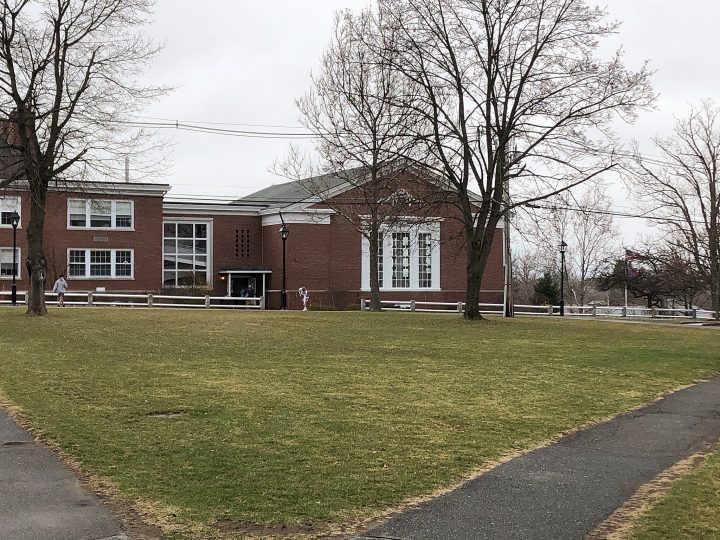Spring 2021
It is not enough to simply declare oneself not a racist. I believe each of us has to actively do something to reverse the course of racism in this country. It will be different for each of us.
My team and I will be moving the Protest Portraits exhibit out of storage soon and we’ll do some necessary repairs and maintenance. Next, we’ll install it at Lawrence Academy, a private college preparatory boarding school in Groton, Massachusetts, where teachers have included it in their curriculum. The exhibit will be on the commons there from April 24 – May 8.

Protest Portraits is a large-scale outdoor art installation. It provides an ongoing presence of peaceful demonstration and protest. Life-sized portraits of protestors with their signs are displayed on oversized panels. These are arranged in public spaces with quotes from each individual on why they are there.

How This Project Began:
Shortly after the murder of George Floyd, I decided to support the Black Lives Matter movement with this traveling outdoor art exhibit. In mid-June of 2020, I began photographing people who attended protests that were held on the common outside my studio. I set up my studio during two protests and photographed 42 people.
Live protests always bring with them an element of confrontation. People who do not fully understand the premises of the protest might not approach the event or try to understand it.
The Protest Portraits exhibit removes the elements of adrenaline-filled confrontation from the experience. Anyone now has the opportunity to approach these individuals silently and without personality barriers, to look into their eyes and to read their stories.
My hope is that this exhibit will allow many new people to arrive at an understanding of what this movement is about by being able to reflect on the individual messages without the proximity of potential discord.
The first installation of this exhibit was on the Plymouth, NH, town common, where the protests had been held. It was a great success, with overwhelming support from the community. It was subsequently installed at several institutions, including Plymouth State University and the New Hampshire State House.
You can read more about this project, including the exhibits, publications and awards HERE.
